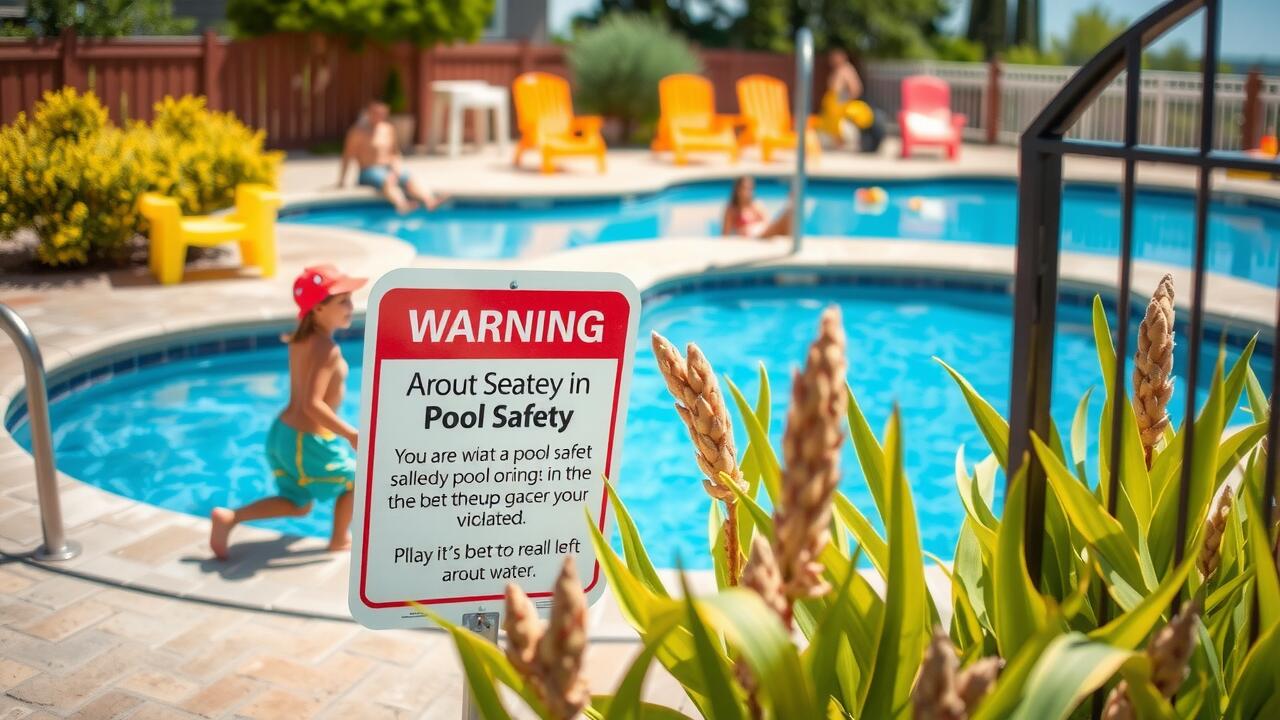
Inadequate Swimming Skills
Many individuals underestimate the importance of swimming skills, especially those who engage in water activities without adequate training. A lack of proficiency can lead to dangerous situations, where even minor challenges in the water become overwhelming. While some may feel confident in their abilities, the truth is that basic swimming skills can make a significant difference in emergency scenarios.
Drownings often occur when individuals are unable to stay afloat or navigate safely, highlighting the critical need for proper swim education. This gap in skills is particularly evident among children and inexperienced swimmers. Providing comprehensive swimming lessons can empower individuals, equipping them with the techniques and knowledge to respond effectively to unexpected dangers. Developing these skills is essential for enhancing safety in various water environments.
The Importance of Swim Education
Swimming education plays a crucial role in preventing drowning incidents. Knowledge of basic swimming techniques can significantly increase an individual’s confidence in the water. Proper instruction helps learners develop essential skills, such as floating, treading water, and effective strokes. This foundation is vital for both children and adults, enhancing their ability to navigate different aquatic environments safely.
Additionally, swim education fosters an understanding of water safety rules and personal responsibility around water. Recognizing the importance of supervision, understanding rip currents, and knowing how to react in emergencies are critical components of a comprehensive swim education program. As individuals become more knowledgeable, they are better equipped to handle potential dangers and contribute to a culture of safety within their communities.
Natural Water Bodies and Safety
Many people are drawn to natural water bodies for recreation. Lakes, rivers, and oceans offer beauty and exploration opportunities. However, these environments often come with unpredictable conditions. Factors such as currents, sudden drops in depth, and changes in weather can pose serious hazards. The risks increase significantly without proper safety measures and awareness.
Inexperienced swimmers may underestimate the power of nature. Dangers such as underwater obstacles, wildlife, and fluctuating water temperatures can be fatal. A lack of designated swimming areas can create confusion about safe practices. Visitors to natural water areas should prioritize understanding their surroundings. Awareness of potential dangers is essential for enjoying these settings safely.
Risks Associated with Lakes and Rivers
Natural water bodies like lakes and rivers often pose hidden dangers that can increase the risk of drowning. These environments are unpredictable, with varying depths, currents, and submerged obstacles that are not always visible to swimmers. Even a confident swimmer can become overwhelmed by strong currents or unexpected drop-offs. The absence of lifeguards in many of these areas further heightens the risk, as there may be no immediate help available in emergencies.
Additionally, factors such as water temperature and wildlife can contribute to dangers in lakes and rivers. Cold water can lead to hypothermia, even in warm weather. Wildlife encounters, including those with fish or insects, can startle swimmers and lead to panic. Awareness of these risks is crucial for anyone engaging in activities on or near these water bodies. Proper precautions and education can enhance safety, ensuring that individuals are better prepared for the challenges posed by natural waters.
Emergency Response and Prevention
Effective emergency response can significantly reduce the number of drowning incidents each year. Standardized protocols for rescue operations are crucial. Training personnel in lifesaving techniques ensures readiness during emergencies. Quick access to first aid equipment also plays a vital role in improving outcomes for drowning victims.
Preventative measures are equally important in minimizing risks associated with water activities. Regular safety drills in aquatic environments help maintain awareness among swimmers and staff. Providing education on the significance of water safety reinforces knowledge of potential hazards. These preventative strategies, along with maintaining a robust lifeguard presence, serve as essential components in reducing drowning rates.
Importance of Lifeguards
Lifeguards play a crucial role in maintaining safety at swimming facilities and natural water bodies. Their training equips them to respond quickly to emergencies, detecting potential dangers before they escalate. With their presence, the likelihood of drowning incidents decreases significantly. Lifeguards also educate swimmers, ensuring they understand the risks associated with various water environments.
Having lifeguards on duty provides a reassurance for families and individuals enjoying water activities. Their vigilance fosters a secure atmosphere, allowing patrons to relax and have fun while minimizing risks. Regular drills and certifications ensure that lifeguards remain prepared to handle diverse situations effectively, highlighting their importance in any swimming context.
FAQS
What are the main causes of drowning incidents?
The primary causes of drowning incidents include inadequate swimming skills, lack of supervision, and risks associated with natural water bodies such as lakes and rivers.
Why is swim education important in preventing drownings?
Swim education is crucial because it equips individuals with essential swimming skills and knowledge about water safety, significantly reducing the likelihood of drowning.
What specific risks do lakes and rivers present for swimmers?
Lakes and rivers can present risks such as strong currents, sudden drop-offs, and submerged obstacles, which can make swimming more dangerous compared to swimming pools.
How can the presence of lifeguards impact drowning rates?
The presence of lifeguards can greatly reduce drowning rates as they are trained to monitor swimmers, respond quickly to emergencies, and provide immediate assistance when needed.
What steps can individuals take to ensure water safety?
Individuals can ensure water safety by learning to swim, supervising children closely near water, avoiding swimming in dangerous conditions, and adhering to safety rules and guidelines in natural bodies of water.